Address
Office B-23, Sector 67, Noida , 201301
Work Hours(IST)
Mon to Fri: 9:00am – 6:30pm
Weekend: 10:00am – 5:00pm
Address
Office B-23, Sector 67, Noida , 201301
Work Hours(IST)
Mon to Fri: 9:00am – 6:30pm
Weekend: 10:00am – 5:00pm
DevSecOps is a software development approach that integrates security practices early and continuously throughout the software development lifecycle to enhance the security of applications and infrastructure, aiming to improve security, reduce risk, and ensure faster, more efficient, and compliant software delivery.
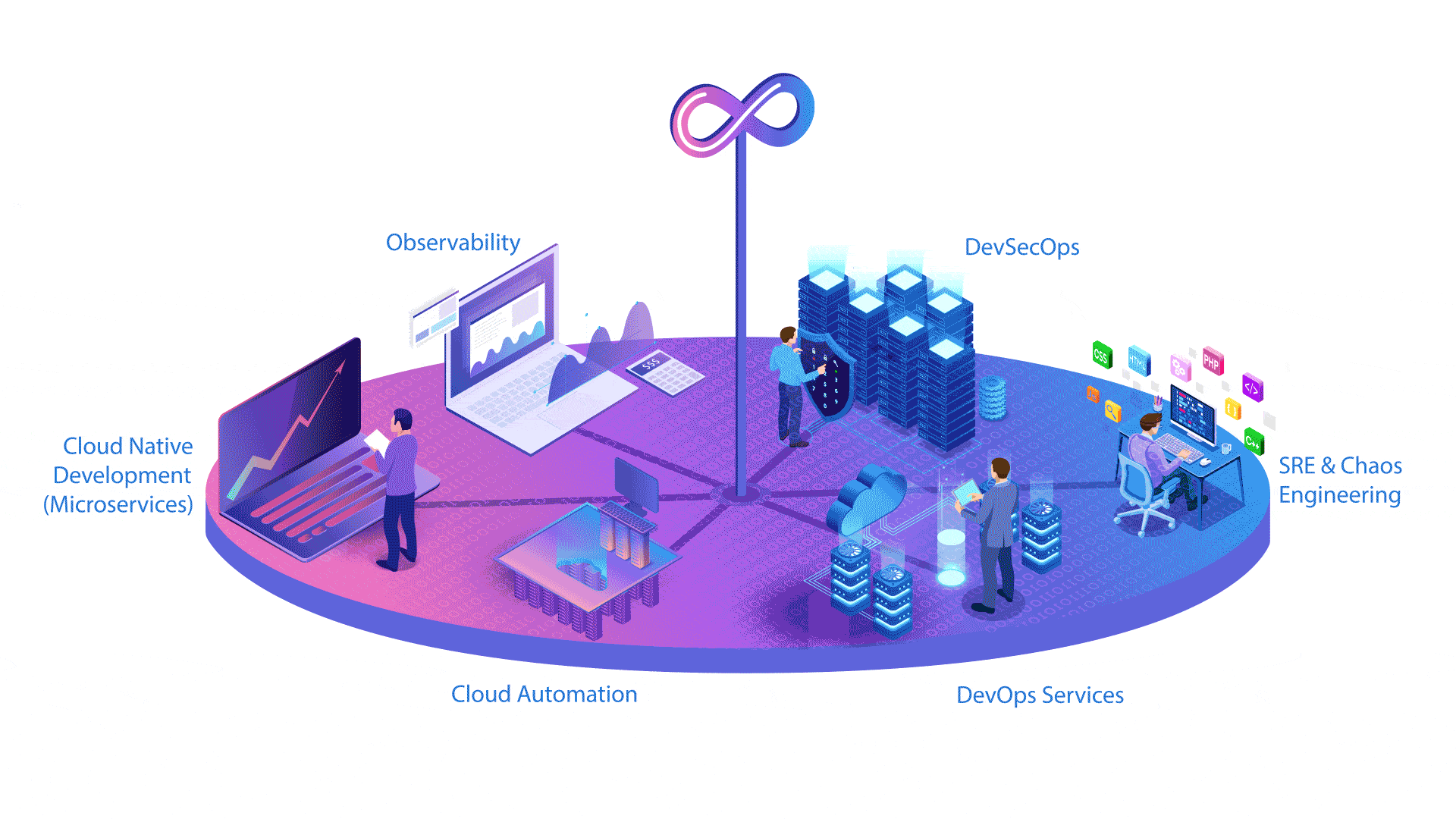
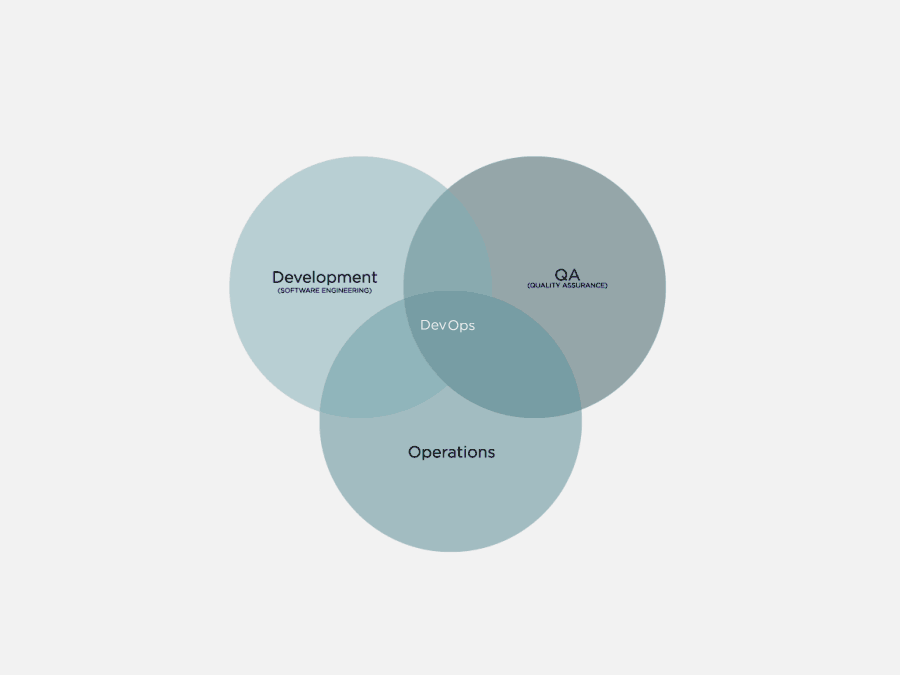
Humans are intelligent and the same human can make mistakes too. Development world is all about getting the problems solved by some mechanism and while doing that people may tend to make mistakes too due to long working hours in getting to the end result.
There is an IT ecosystem developed around DevSecOps these days which helps organisations achieve the automation into their development processes and have the teams focus on coding it right, the rest of it is taken care by the DevSecOps Automation. Here are some of the benefits of using DevSecOps .

If you are an IT organisation and still not using DevSecOps in your ecosystem, lets sit and analyse your development process and get you where you should be.
We have extended our DevOps practice with DevSecOps.

We Plan, We Code, We Build and We Test the application in every phase of its development cycle.

We use SCM as default practice in our projects to track the modifications to a source code repository. It makes it easy for our developers to share code files and collaborate with fellow developers. We use GitHub for the VCS (version control system) using the GIT tool.

We introduce security earlier in our software development cycle, with the help of automation tools. Static Code Analysis using SonarQube and Vulnerability Acceptance and Penetration Testing (VAPT) using OWASP tool is our first priority in the deployment pipeline.

We use Agile methodology that involves breaking the project into phases and emphasizes continuous collaboration and improvement. We Release, We Monitor, We Fix.
Before any projects started, we prioritize the automation of the SDLC, lifecycle to ensure developers only focus on coding and testing.
Building blocks are already set up for quick turnaround of functionalities.


The instances which are set up for any project are hardened, secured, using a web application. Firewall, key-based authentication is recommended, IP white-listings are done.
We use Jenkins and GitHub Runner approaches with the integration of various tools required for the process of building, testing, and deploying, facilitating continuous integration, and continuous delivery.

It is a suite of plugins that supports implementing and integrating continuous delivery pipelines into Jenkins. This allows us to automate the process of getting software from version control through to your users and customers.

It is an online software development platform, used for storing, tracking, and collaborating on software projects. It makes it easy to share code files and collaborate with our fellow developers.

We use Docker for the transformation process
Having Experience in Multi Cloud Linux Operating Systems with multi-cloud service providers (Linode, AWS, Digital Ocean, IIS Server).
Having Experience with VMWare and RedHat OpenShift Environment in setting it up and configuring it.
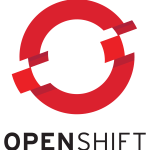


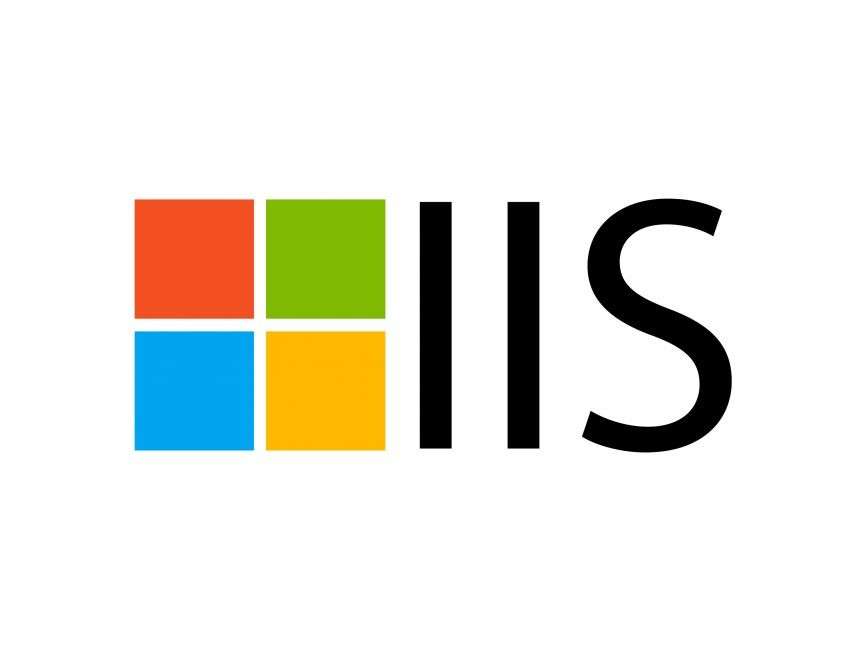

A CI, CT, CD pipeline automates the whole deployment. It protects us towards substandard or blunders-susceptible modifications to the codebase and early detection of code defects.
That is why it’s crucial to have these three approaches run smoothly. One process can not be successful without the opposite two running seamlessly throughout the deployment cycle. Although each has special roles and responsibilities, they depend upon one another for a high-quality deployment.
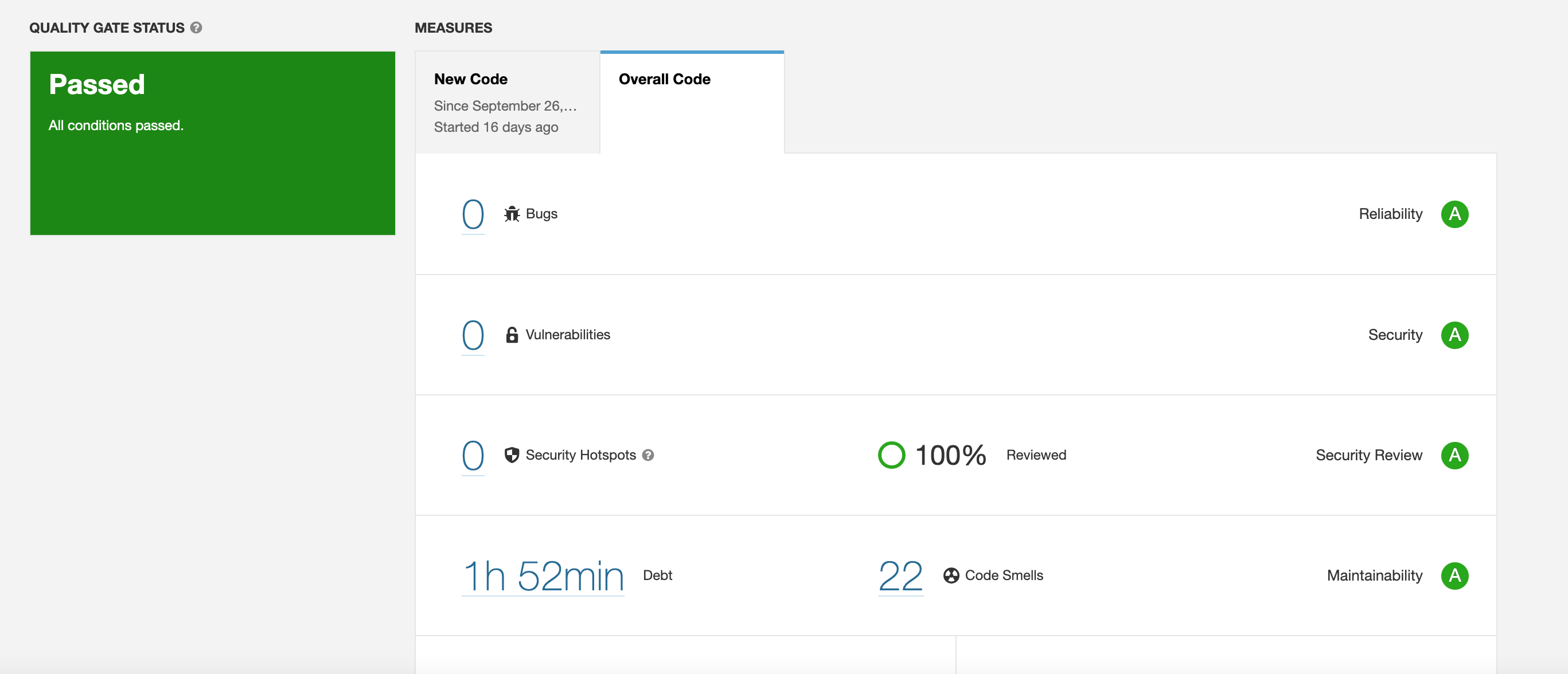
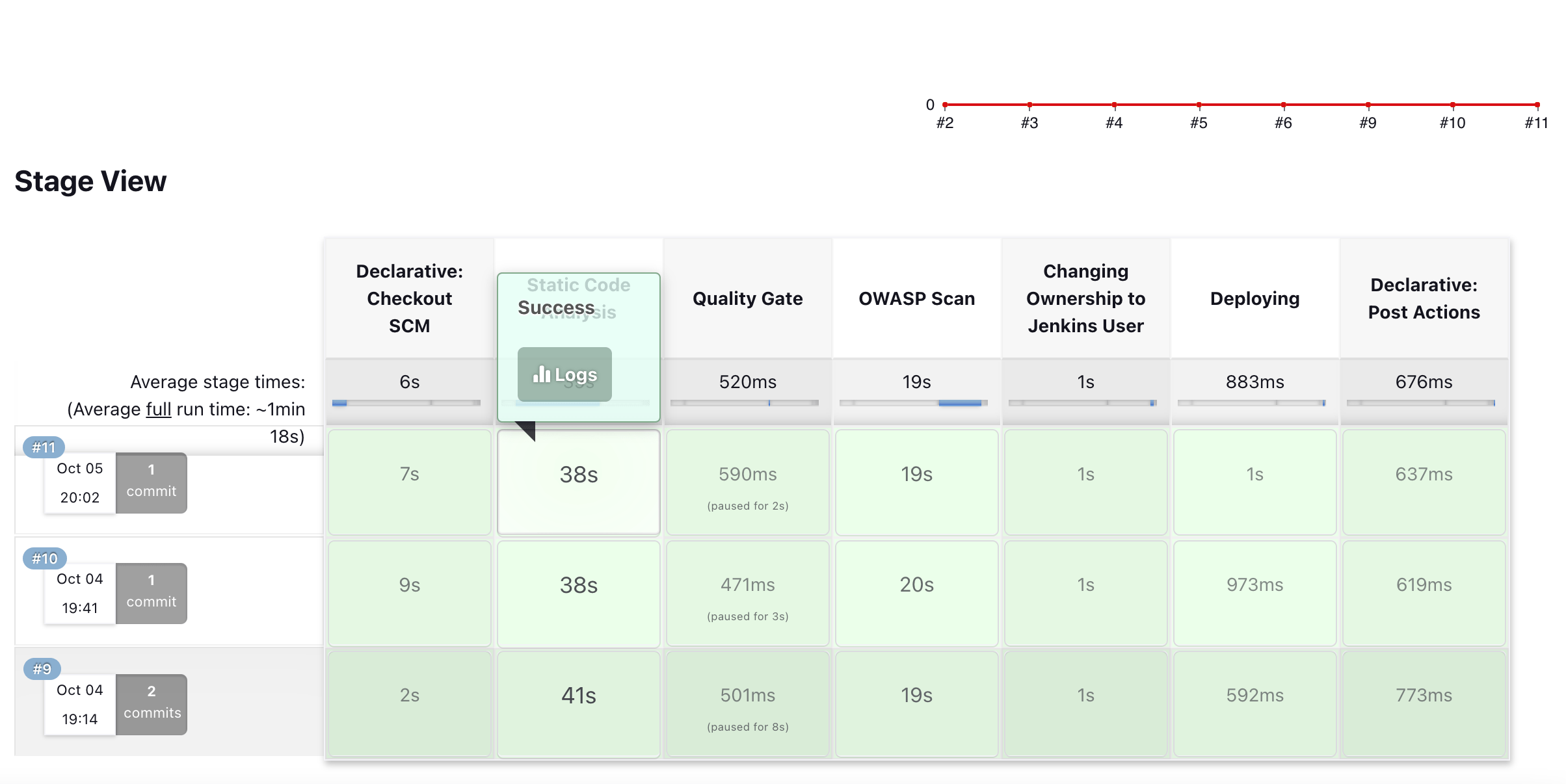
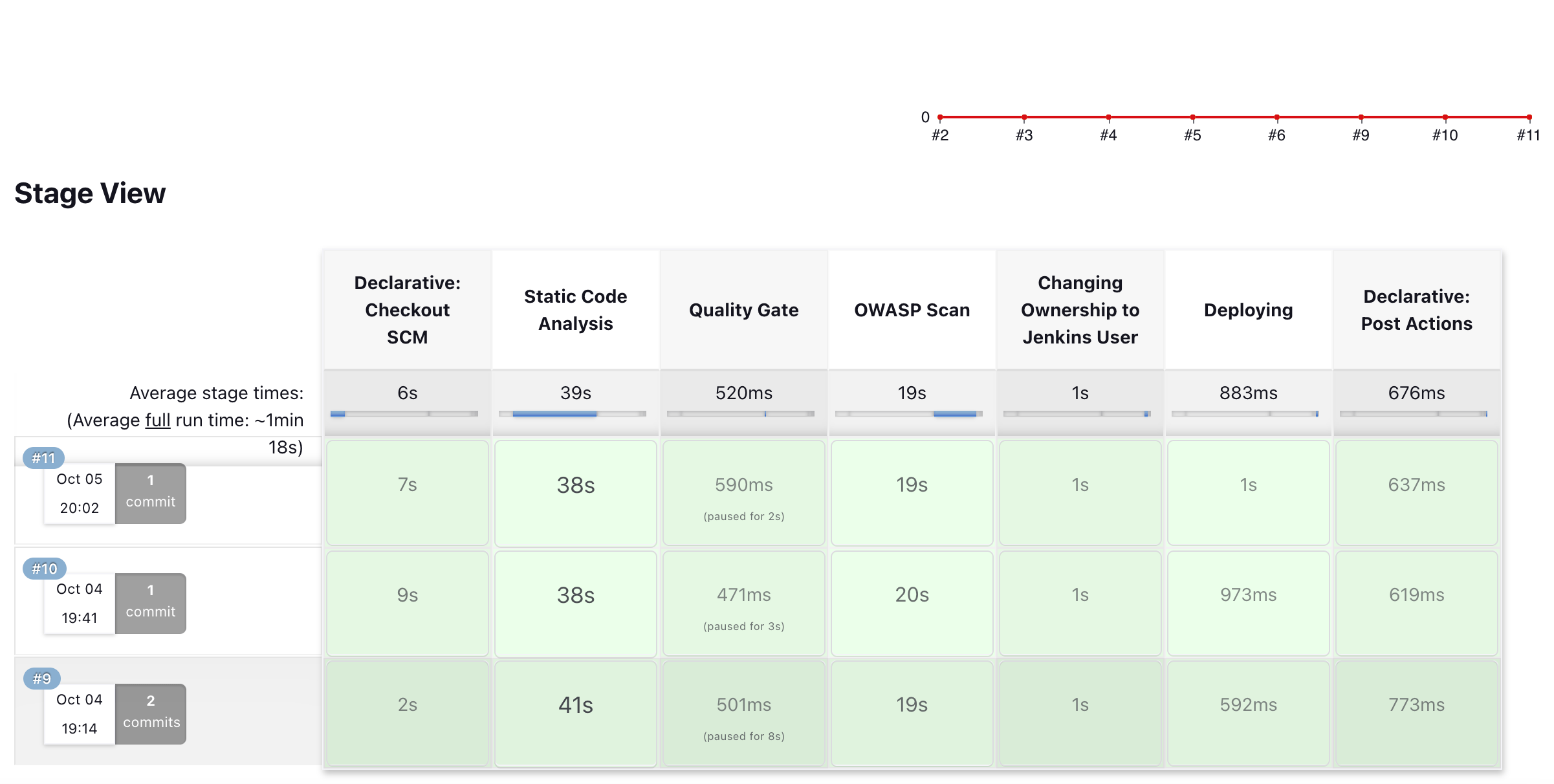
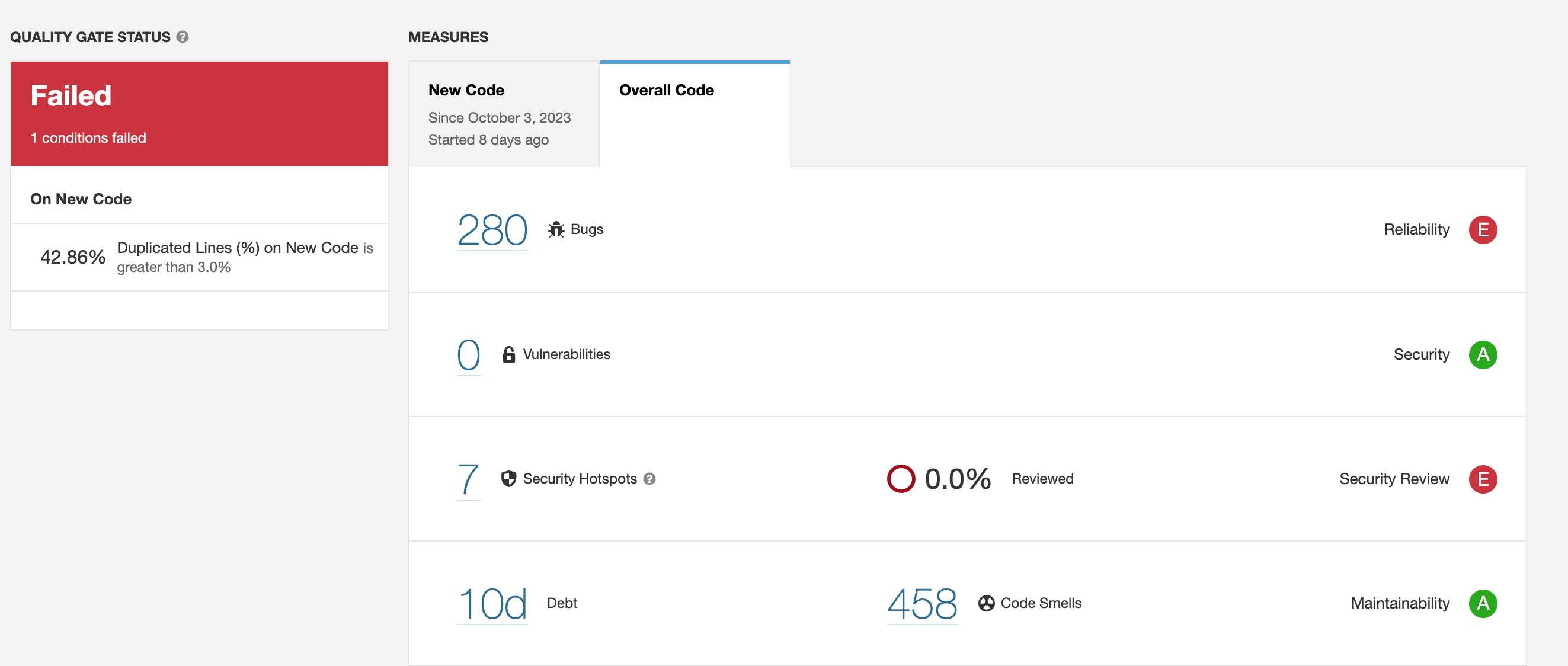

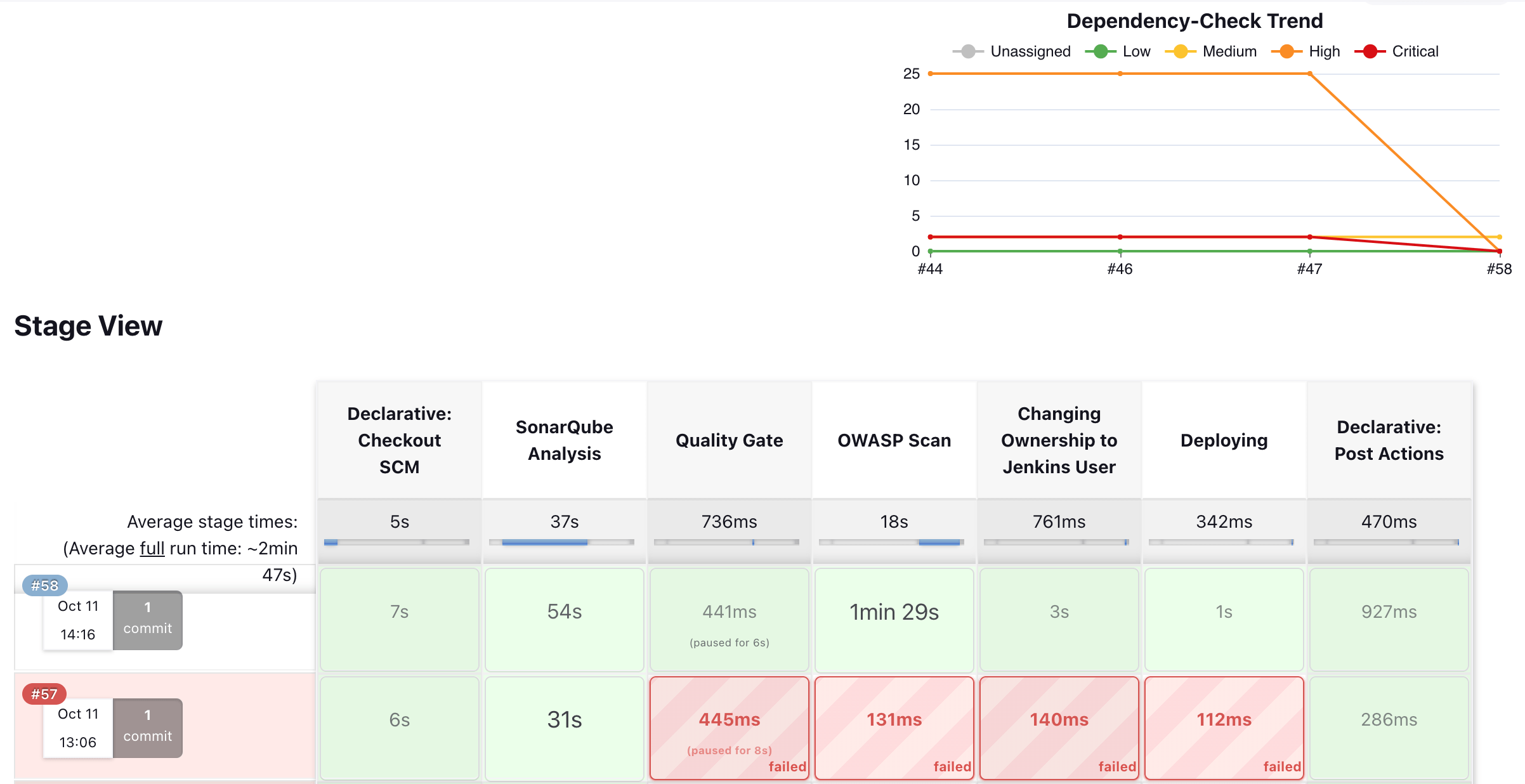
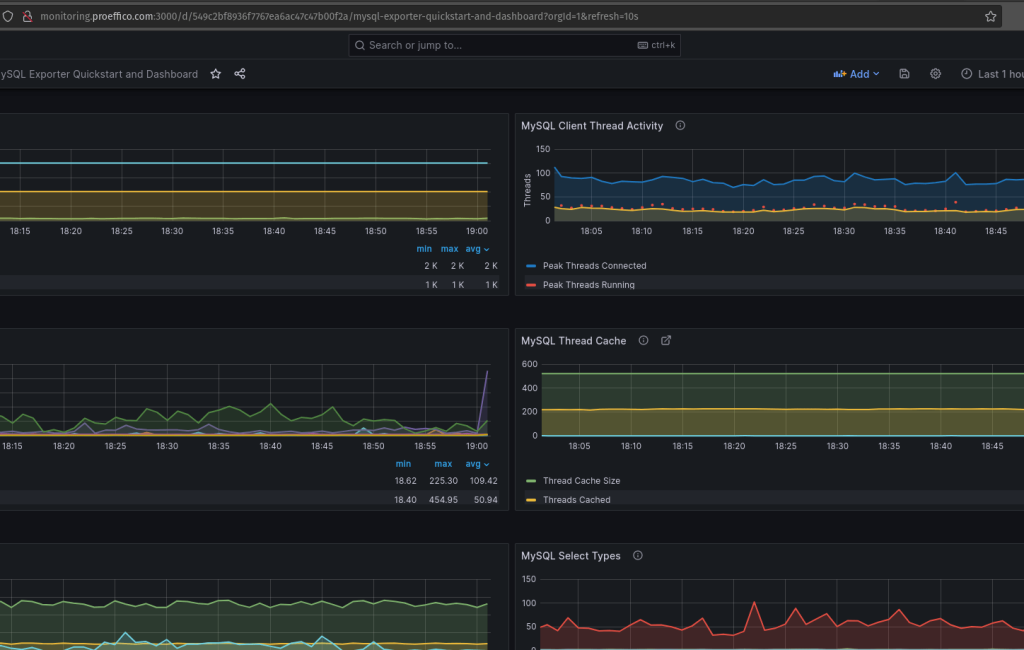
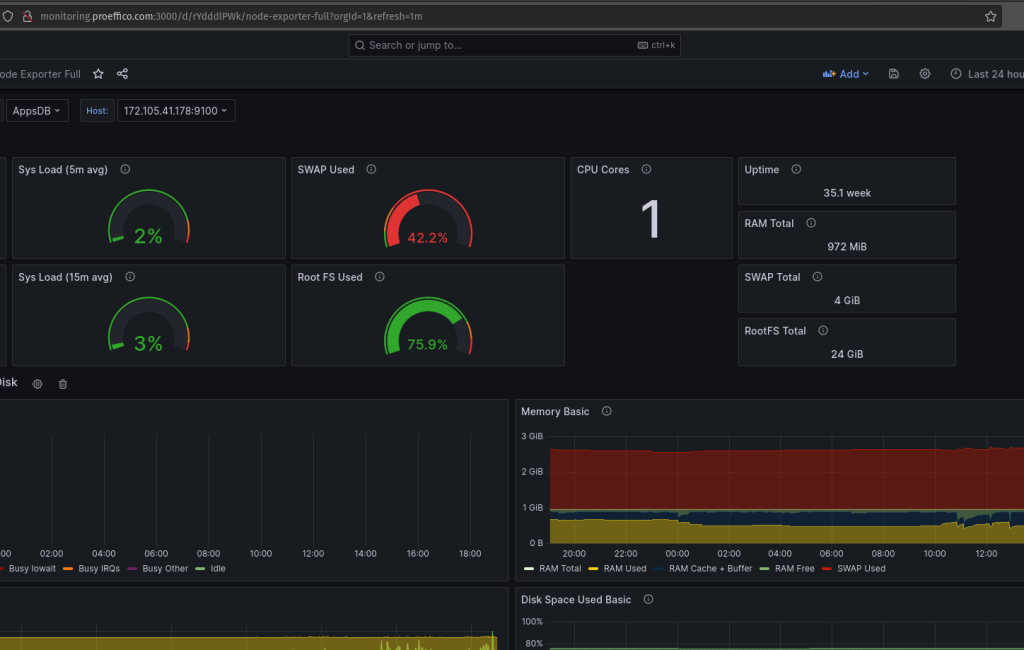
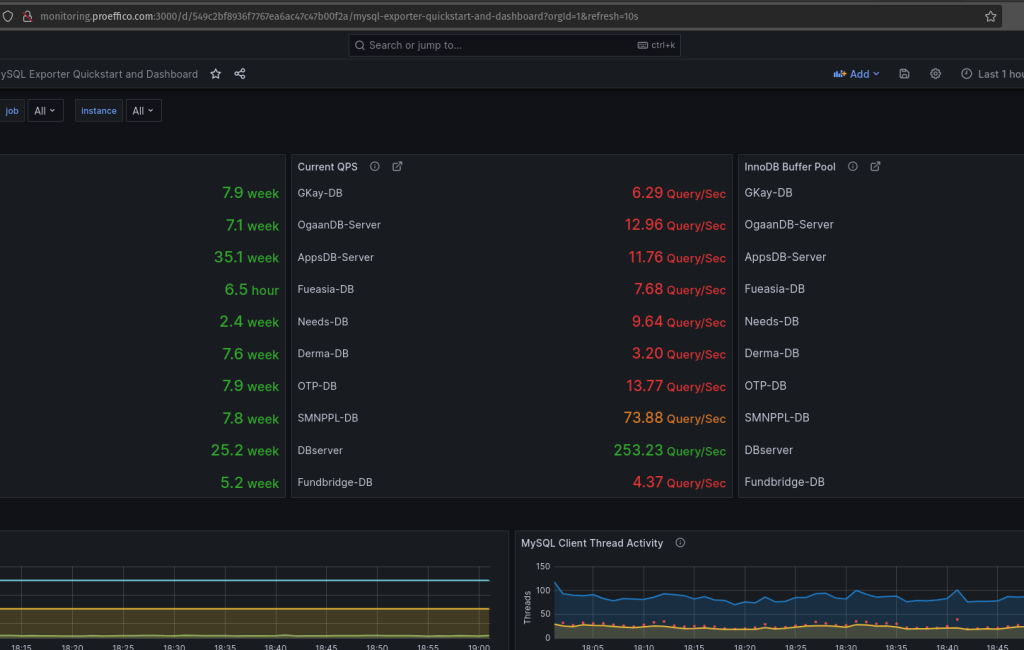
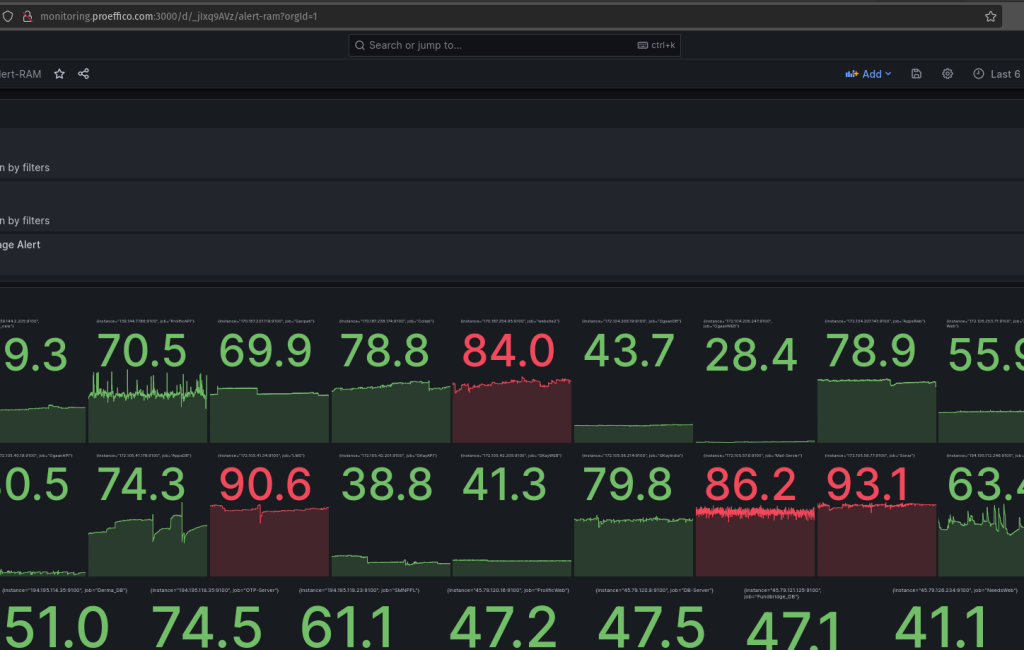
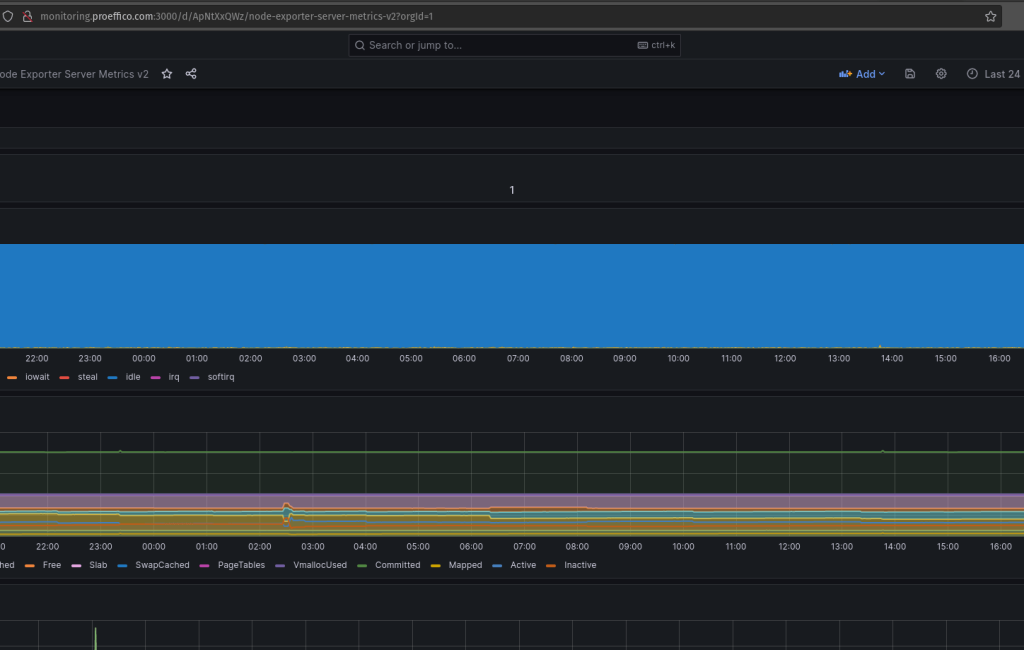
Proeffico In house Monitoring solution is monitoring all the cloud nodes (Web Servers, Database Servers, Application Servers, Micro Services). Approx 30 nodes are monitored using
